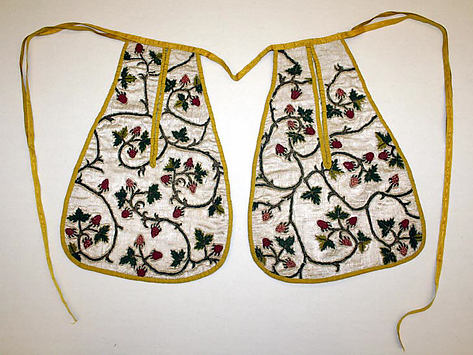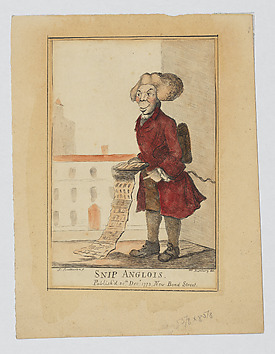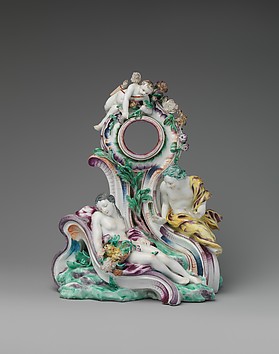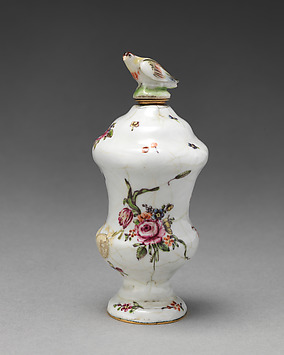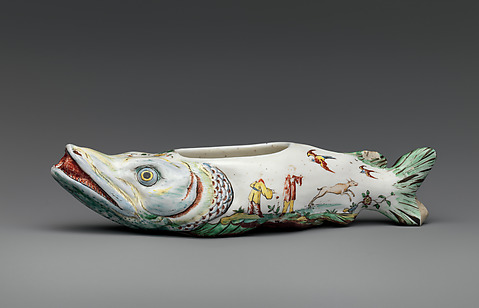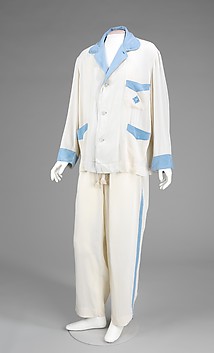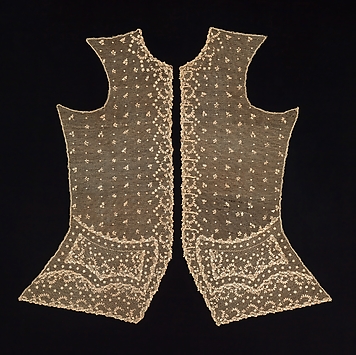François Boucher (1703–1770), the friend and protégé of Mme de Pompadour, was the greatest French artist and decorator of the Rococo period. His prolific oeuvre has been both lauded and derided, but it is not until now—in this volume accompanying an exhibition held at The Metropolitan Museum of Art and The Detroit Institute of Arts—that his art has been fully studied and appreciated. Alastair Laing, the principal author of this volume, shows that Boucher's work represents the acme of French eighteenth-century fine and decorative arts. With the exception of a trip to Italy in his mid-twenties to study the work of Renaissance masters, Boucher lived and worked in Paris. His artistic progression, through religious themes, mythological subjects, genre painting, landscape, and portraiture, is thoroughly documented in this catalogue. The patronage of Mme de Pompadour, mistress of Louis XV, ensured a large demand for Boucher's work, including drawings, prints and paintings, as well as tapestry and porcelain designs. His art traveled throughout northern Europe, and formed the essence of the French Rococo style sought after by patrons and emulated by artists in Stockholm, Copenhagen, Saint Petersburg, and Munich. A large collection of these works is illustrated in this volume. In addition, little-known or misattributed early works have been brought to light, showing Boucher's first experiments with composition and color. His designs reproduced in tapestry at Beauvais and Gobelins, and in porcelain at Vincennes and Sèvres, are illuminated in lively discussions by Edith Standen, Consultant, European Sculpture and Decorative Arts, The Metropolitan Museum of Art, and by Antoinette Fay-Halle, Conservateur, Musée Nationale de Céramique, Sèvres, and Conservateur, Musée Nationale Adrien-Dubouché, Limoges. Preliminary essays by Alastair Laing, Pierre Rosenberg, Conservateur-en-chef, Département des peintures, Musée du Louvre, and J. Patrice Marandel, Curator, European Paintings, The Detroit Institute of Arts, provide the necessary foundation for a complete appreciation of the artist's work. Augmented by a detailed chronology and bibliography, this volume comprehensively defines a painter of extraordinary productivity, diversity, and influence. It gives the reader a chance to examine with fresh eyes the range of styles and subject matter of an artist who epitomizes the splendid taste of his time—François Boucher.









